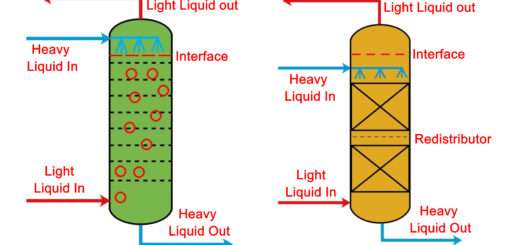Modes of Heat Transfer
Modes of Heat Transfer:- There are three basic modes of heat transfer; Conduction, Convection and Radiation.

1. Conduction
It is a mode which requires a material medium for the transfer of heat. The material medium is called a body and it could be a Solid or a Liquid or a Gas.

In Solids, if the temperature of a certain portion of the body is increased by transfer of heat then it means the internal energy of that portion of body has increased. The molecules which are present at that location of body vibrate to and fro and in the process they will interact and collide with neighboring molecules thus transferring energy in the process. The solids also contain free electrons, these free electrons are also responsible for conduction of heat as they move from their location to elsewhere, get diffused and collide with other free electrons.
The distance between the molecules in Liquids and Gases is larger as compared to solids. For conduction to happen the activity of molecules in liquids and gases is such that they don’t move very far from their initial positions. Due to the large distances between molecules the extent of conduction is relatively small as compared to solids.
The rate of heat conduction through a medium depends on the geometry of the body, temperature differential within the body and the type of material medium itself.
2. Convection
This mode also requires a material medium for heat transfer. It results due to the bulk movement of the molecules of the medium from one part of body to the other part due to existence of a temperature difference between those two portions of the body. Convection occurs in Fluids.

Whenever convection takes place there is always a solid object or a solid surface in contact with the fluid or immersed in the fluid. The solid object usually transfers heat and causes the fluid to move. When there is no bulk motion in fluid the heat transfer occurs by mode of conduction. For convection to happen there should be an appreciable bulk motion in the fluid.
Convection is called Forced Convection if the fluid is forced to flow over the solid or around the solid by external means such as fans, pumps or blowers. Convection is called Natural Convection or Free Convection if the fluid motion is caused by Buoyancy forces that are induced by density differences due to variation of temperature in the fluid.
3. Radiation
It is the only mode of heat transfer which does not require a material medium. Radiation is an energy emitted by matter in form electromagnetic waves.

Thermal Radiation is a form of Radiation emitted by the body due to the temperature of the body. Since electromagnetic waves travel at the speed of light, this mode of heat transfer is the fastest as compared to the other modes; conduction and convection.
All the objects which are above absolute zero in temperature emit thermal radiation. Thermal radiation is a volumetric phenomenon but for objects which are opaque to thermal radiation, it can be considered a surface phenomenon because the radiation emitting in the interior of such objects never reach the surface.
The idealized surface emits thermal radiation at maximum rate and it is called a Black body.
































